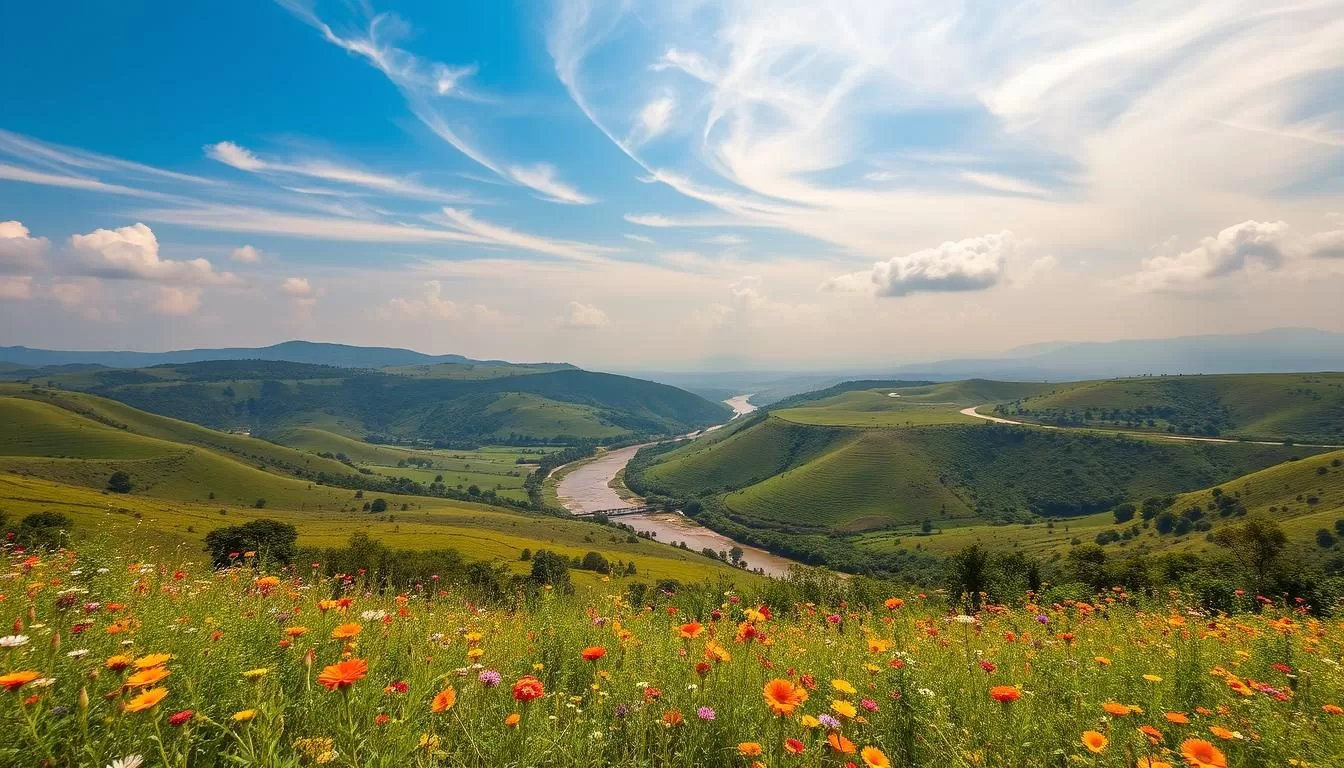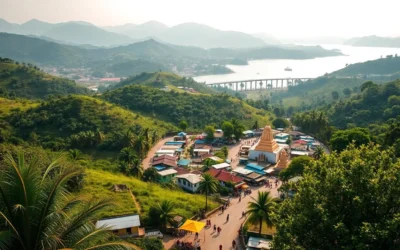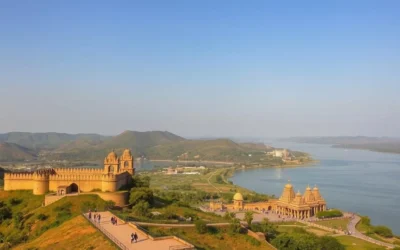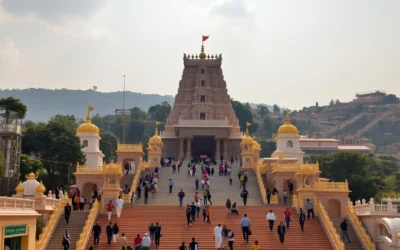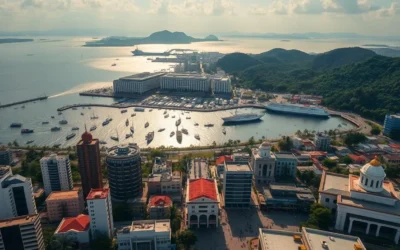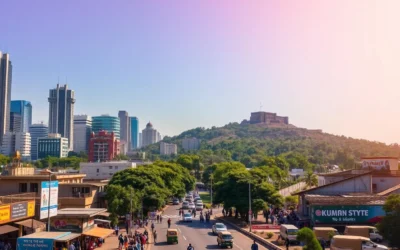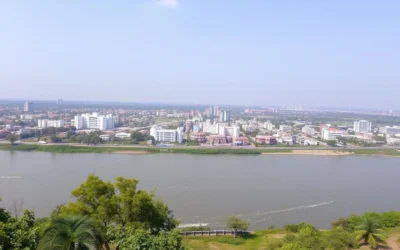✓ Accommodations✓ Flights✓ Rental Cars✓ Tours & Activities
Planning a trip to Andhra Pradesh requires understanding its diverse climate zones and seasonal variations to make the most of your visit.
The state, known as the “Rice Bowl of India,” experiences a tropical climate with three major seasons: summer, monsoon, and winter. Winter is considered the best time to visit, offering ideal conditions for sightseeing.
Understanding the weather patterns and temperature ranges is crucial for a comfortable trip. By knowing what to expect, you can plan your activities and pack accordingly, ensuring a memorable experience in this culturally rich and naturally beautiful state.
Discovering Andhra Pradesh: A Weather Overview
The diverse topography of Andhra Pradesh directly impacts its climatic conditions, creating a unique weather profile. As the Rice Bowl of India, Andhra Pradesh’s geography plays a crucial role in shaping its climate.
The Rice Bowl of India: Geography and Climate
Andhra Pradesh’s extensive coastline along the Bay of Bengal and the Eastern Ghats mountain ranges significantly influence its climate patterns. The state’s position in southern India creates a tropical climate with distinct seasonal variations. You can expect a range of weather conditions across different regions, from the coastal areas to the inland regions.
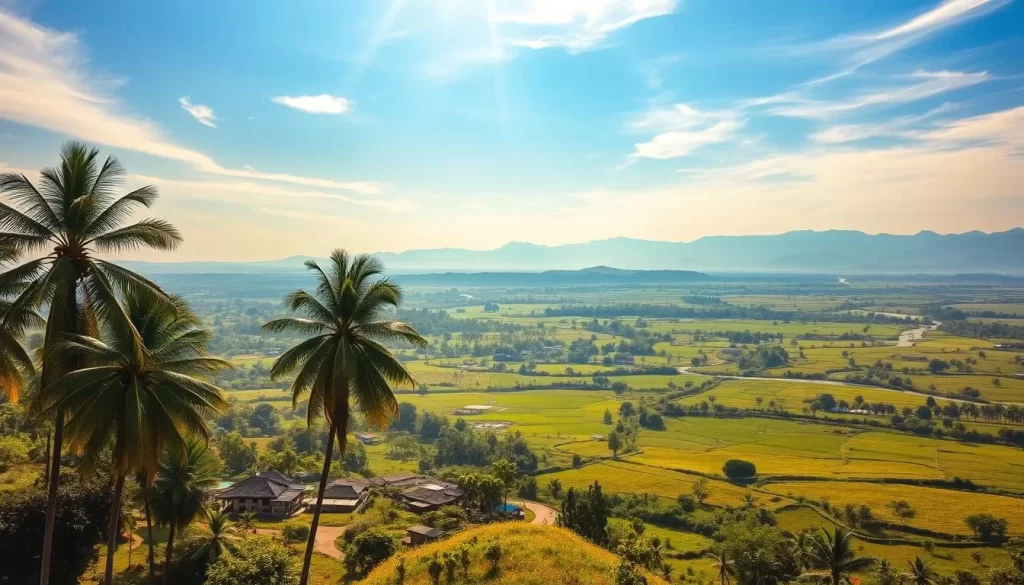
Three Distinct Seasons: What to Expect
Andhra Pradesh experiences three major seasons: summer (March-June), monsoon (July-October), and winter (November-February). The average temperature in summer is around 31°C, while winters see temperatures between 13°C and 28°C. Understanding these seasons is crucial for planning your trip to Andhra Pradesh, as each season affects tourism activities and accessibility.
By knowing what to expect during each season, you can make the most of your visit to this beautiful state. Whether you’re looking for pleasant temperatures or lush landscapes, Andhra Pradesh has something to offer throughout the year.
Winter Wonderland: November to February
Andhra Pradesh in winter is a treat for travelers, offering a perfect blend of pleasant weather and vibrant cultural experiences. The state’s winter season, which typically spans from November to February, is widely regarded as the best time to visit Andhra Pradesh.
Pleasant Temperatures and Clear Skies
During the winter months, Andhra Pradesh enjoys pleasant temperatures ranging from 15°C to 25°C, making it ideal for sightseeing and outdoor activities. The clear, sunny skies further enhance the travel experience, allowing visitors to fully appreciate the state’s tourist attractions without the discomfort of extreme weather conditions.
Winter Festivals Worth Experiencing
Winter in Andhra Pradesh is not just about the weather; it’s also a time for vibrant festivals that showcase the state’s rich cultural heritage. Some of the notable festivals include the Lumbini Festival in December, Makar Sankranti and Pongal in January, and the Deccan Festival, Mahashivratri, and Ugadi Festival in February and March. These events offer a unique glimpse into the local culture and traditions.
Top Winter Destinations in Andhra Pradesh
Andhra Pradesh boasts a variety of destinations that are particularly appealing during the winter season. The sacred temple town of Tirupati, the beaches of Visakhapatnam, and the historical sites of Amaravathi are among the top places to visit. Each of these locations offers a unique experience, from spiritual pilgrimages to relaxing beach vacations and historical explorations.
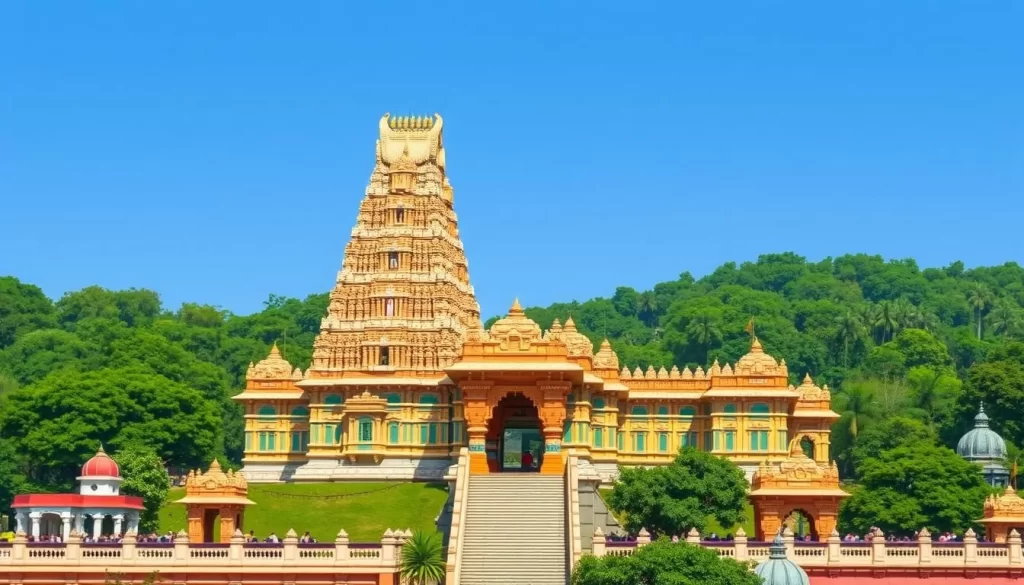
Summer Heat: March to June
With the arrival of summer, Andhra Pradesh witnesses a steady climb in temperatures from March onwards. The summer season, which stretches until June, brings with it hot and sometimes humid conditions.
Temperature Patterns and What to Expect
The temperature in Andhra Pradesh during summer starts relatively mild in March but intensifies significantly by May and June, with temperatures often reaching 40°C to 45°C in certain areas. You can expect the heat to become more unbearable as the season progresses.
Hill Stations for Summer Refuge
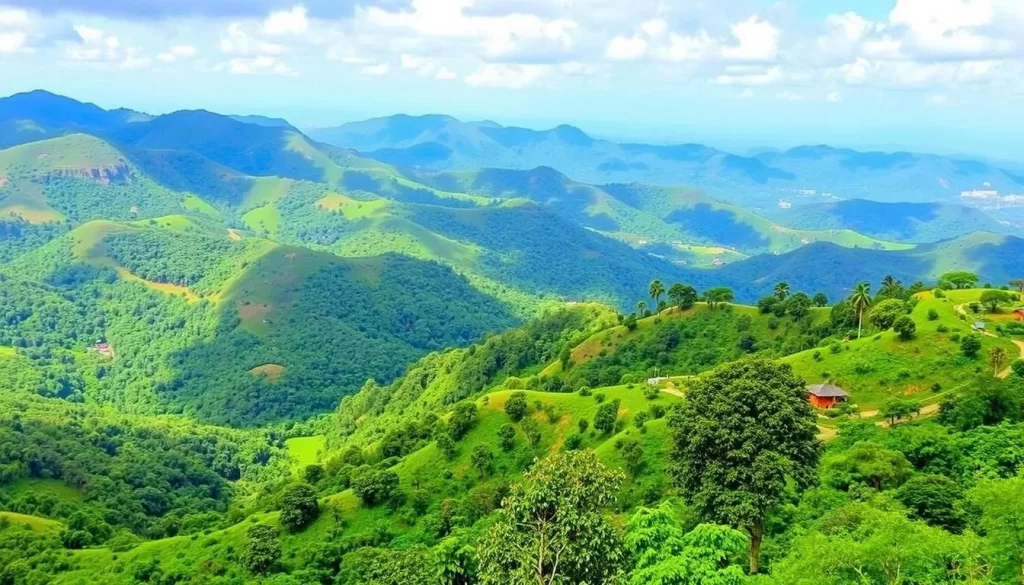
To escape the sweltering heat, consider visiting hill stations like Araku Valley and Ananthagiri Hills. These destinations offer cooler temperatures and lush landscapes, providing a refreshing respite from the lowland heat.
Early Morning and Evening Activities
To make the most of your visit during the summer, plan your activities during the early morning or evening. This allows you to explore Andhra Pradesh’s attractions while avoiding the harsh midday sun. You can enjoy temple visits, take leisurely coastal walks, or immerse yourself in cultural experiences.
Monsoon Magic: July to October
As the monsoon sets in, Andhra Pradesh transforms into a lush paradise, beckoning travelers to explore its natural beauty. The state’s monsoon season, which spans from July to October, brings with it a unique blend of heavy rainfall and cultural festivities.
Rainfall Patterns Across the State
The monsoon season in Andhra Pradesh is characterized by the southwest and northeast monsoons, resulting in varied rainfall patterns across the state. Coastal areas receive significantly higher precipitation, ranging from 900-1100mm, compared to inland regions. This variation affects travel plans and accessibility to certain destinations.
| Region | Average Rainfall (mm) |
|---|---|
| Coastal Areas | 900-1100 |
| Inland Regions | 600-800 |
Lush Landscapes and Natural Beauty
The heavy rainfall during the monsoon season transforms Andhra Pradesh into an oasis of lushness, with vibrant greenery and surging waterfalls. The natural beauty of the state is on full display, making it an ideal time to visit for nature lovers and photographers. The countryside turns into a vibrant tapestry of green, offering breathtaking scenery.
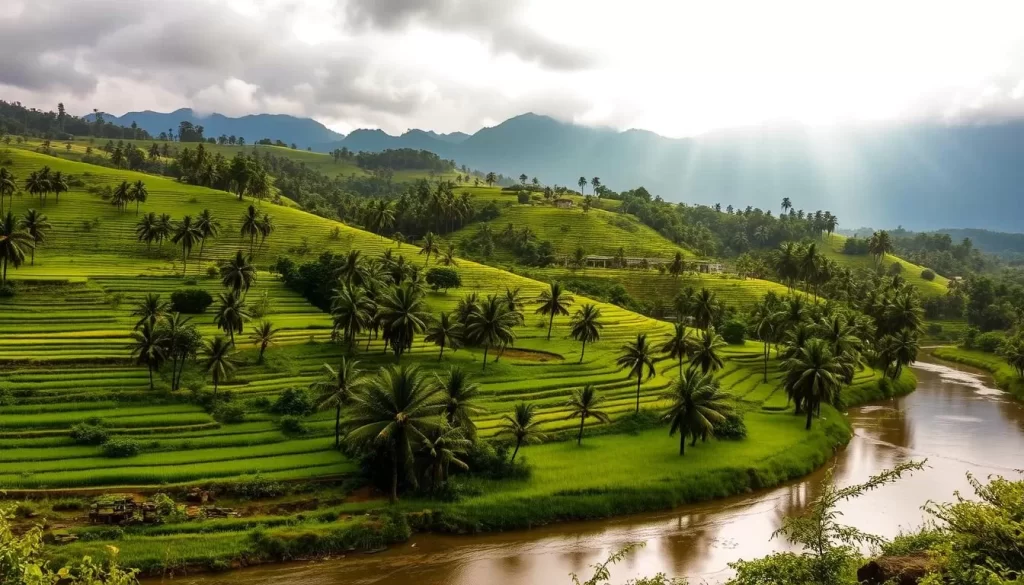
Monsoon Festivals and Cultural Experiences
The monsoon season in Andhra Pradesh is also a time for cultural celebrations, including Ganeshotsav and Brahmotsavam, which showcase the state’s rich traditions and religious practices. These festivals offer a unique opportunity to experience the local culture and connect with the community.
Andhra Pradesh, India: Best Months for a Weather-Savvy Trip – Destination Guide
The state’s diverse regions, from coastal areas to temple towns and natural wonders, have optimal visit times. Understanding these can enhance your travel experience in Andhra Pradesh.
Coastal Destinations: Visakhapatnam and Kakinada
Visakhapatnam and Kakinada are best visited during the winter months, offering pleasant beach experiences with moderate temperatures and minimal humidity. You can enjoy tourist activities without the harsh summer heat.
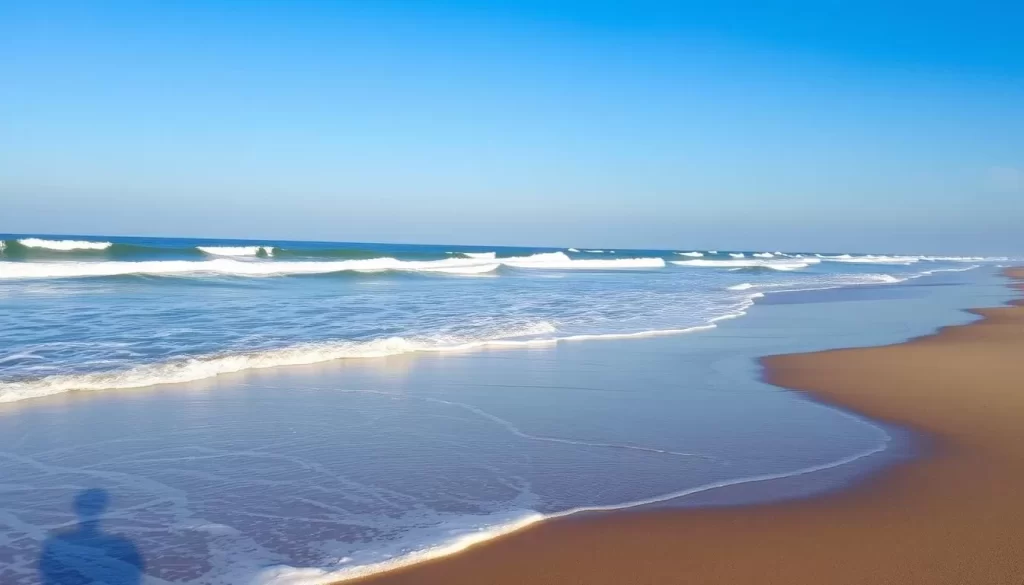
Temple Towns: Tirupati and Srisailam
Tirupati and Srisailam are revered places that can be comfortably visited during the winter months. The pleasant weather enhances the pilgrimage experience and the overall spiritual atmosphere.
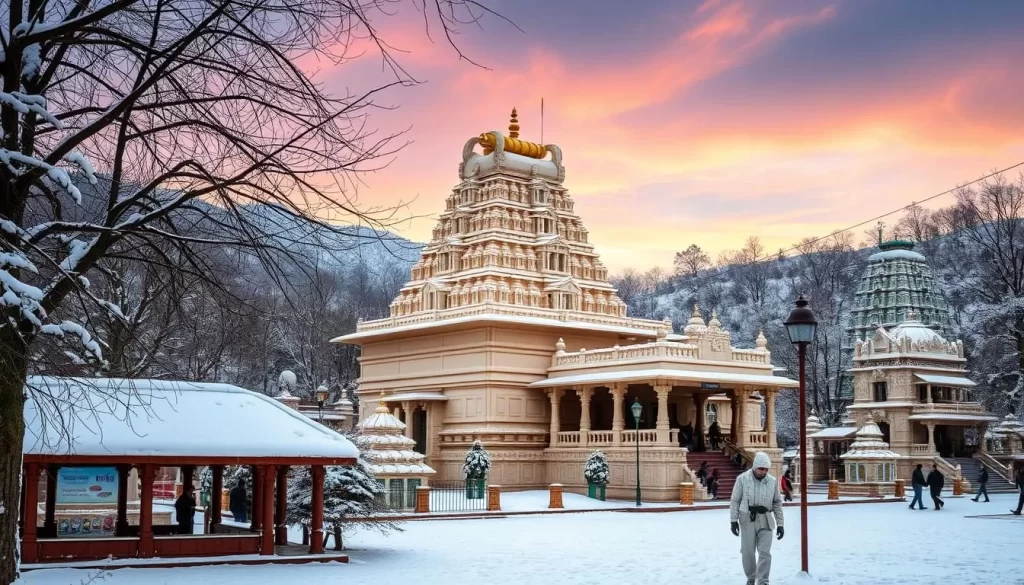
Natural Wonders: Araku Valley and Gandikota
Araku Valley is beautiful during the post-monsoon season, while Gandikota, known as the “Grand Canyon of India,” offers spectacular views year-round, especially during winter. These destinations are part of the many places to visit in Andhra Pradesh.
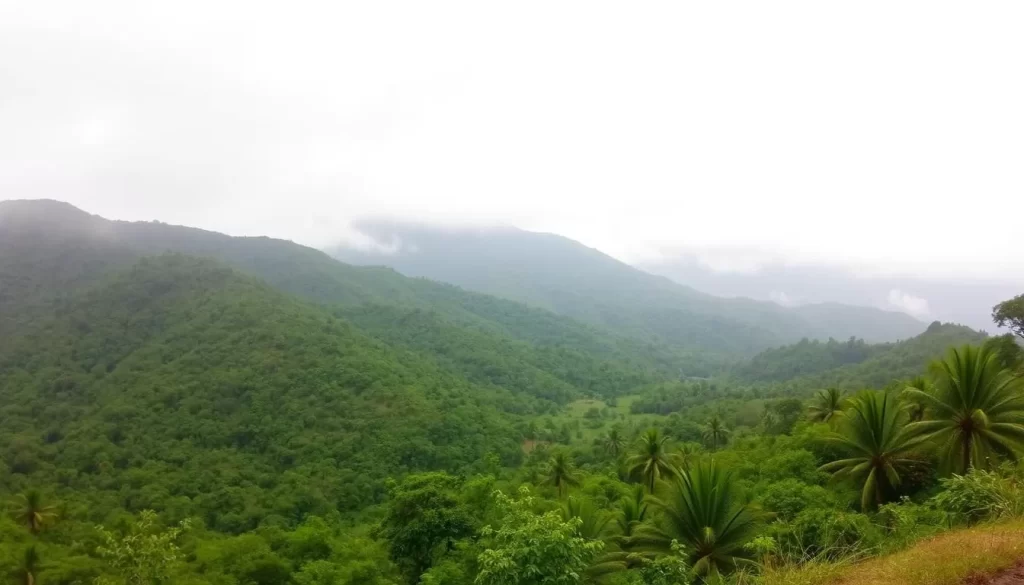
You can explore various travel packages and connect with travel agents to customize your trip according to your preferred time and weather preferences, enjoying the rich heritage of Andhra Pradesh.
Conclusion: Planning Your Weather-Perfect Trip to Andhra Pradesh
The key to a perfect Andhra Pradesh trip lies in choosing the right season, and we’re here to guide you through it. Winter, from November to February, stands out as the best time to visit Andhra Pradesh, offering pleasant temperatures and clear skies ideal for exploring the state’s attractions.
In contrast, summer months (March to June) are best avoided due to the extreme heat, with temperatures often reaching 45°C. The monsoon season, spanning from July to October, brings heavy rainfall and high humidity, which might not be appealing to most tourists.
To plan your trip effectively, consider your priorities: whether you’re looking for cultural experiences, natural beauty, or spiritual journeys. Aligning your travel goals with the right season will enhance your overall experience. For a comfortable and memorable exploration, winter is recommended.
When booking your trip, plan ahead for peak winter months to secure accommodations. For off-peak seasons, you have more flexibility. Pack accordingly: light cotton clothing for summer, and light layers for winter evenings.
By understanding the seasonal characteristics of Andhra Pradesh and planning accordingly, you can create an itinerary that maximizes weather advantages while minimizing potential seasonal challenges, ensuring a memorable and comfortable exploration of this diverse Indian state.
The above is subject to change.
Check back often to TRAVEL.COM for the latest travel tips and deals.
